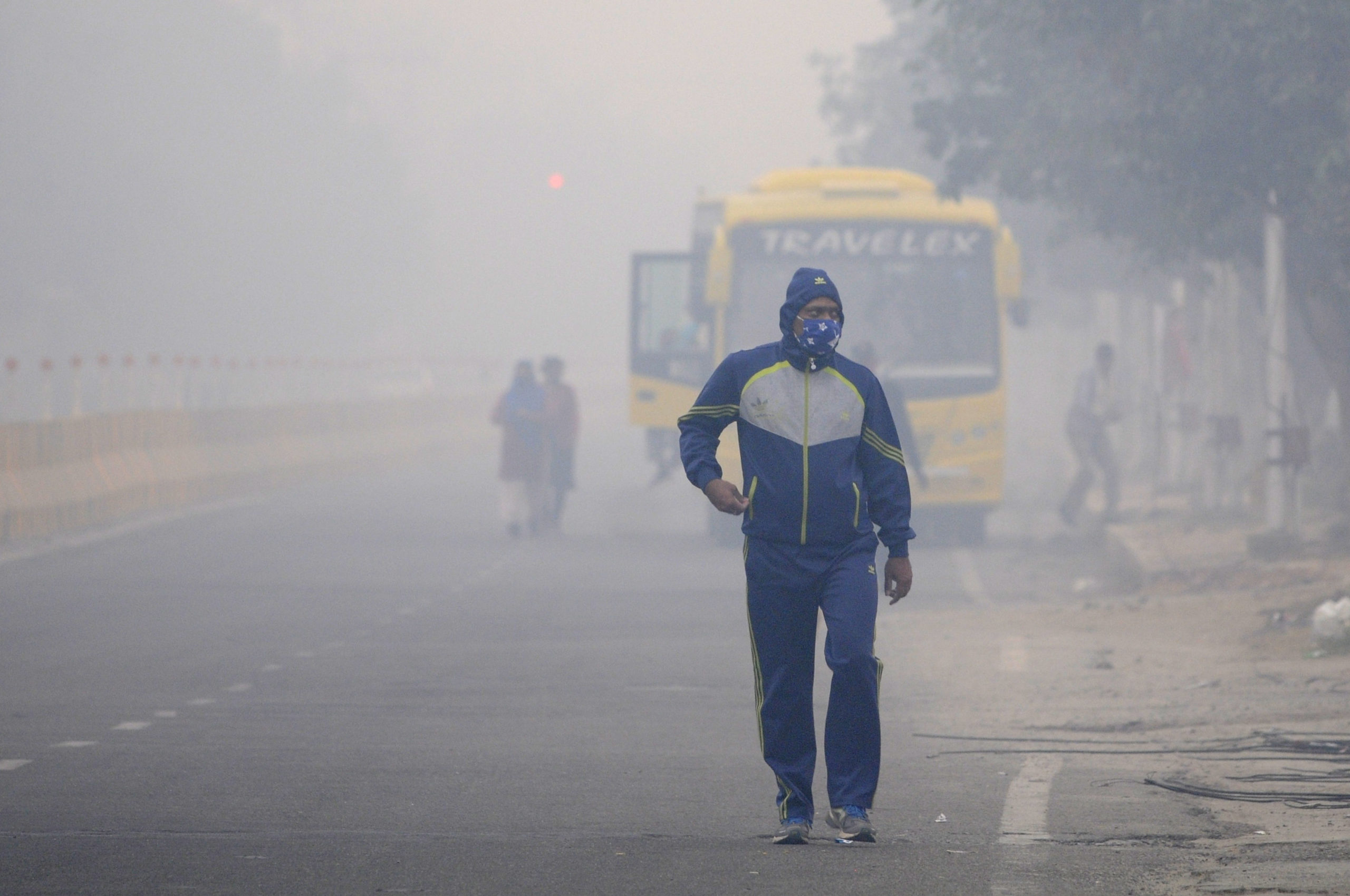
Visibility levels dropped to 100 metres at Palam and 201 metres at Safdarjung due to “dense” to “moderate” fog in the morning, an IMD official said.
According to the IMD, “very dense” fog is when visibility is between 0 and 50 metres. In case of “dense” fog, visibility is between 51 and 200 metres, “moderate” 201 and 500 metres, and “shallow” 501 and 1,000 metres.
The Safdarjung Observatory, which provides representative data for the city, recorded a minimum of 2 degrees Celsius, five notches below normal, as against 3.2 degrees Celsius on Wednesday.
The weather stations at Lodhi Road and Ridge recorded a minimum of 2.4 and 3.6 degrees Celsius, respectively.
In the plains, the IMD declares a cold wave if the minimum temperature dips to 4 degrees Celsius. A severe cold wave is when the minimum is 2 degrees Celsius or less.
Cold and dry northerly/northwesterly winds from the western Himalayas have been barreling through the plains, bringing the minimum temperature in north India down, Kuldeep Srivastava, the head of the IMD’s regional forecasting centre said.
On January 1, the city had recorded a minimum of 1.1 degrees Celsius, lowest for the month in 15 years.
Delhi had been registering above-normal minimum temperatures till Monday, as a cloud cover persisted over the city under the influence of successive Western Disturbances.
However, the temperature started dropping with the commencement of cold northwesterly winds after the withdrawal of the latest WD.
A scientific committee has been constituted, which has already held meetings to recommend effective pollution-control…
He said NIA has the supervening power of taking over all the investigation, particularly in…
Delhi saw 14 murders in 15 days, with police expressing concern over the involvement of…
Vehicles without a valid PUC certificate will not be allowed to refuel at petrol pumps…
Six passengers from Bangkok were arrested at IGI Airport after customs seized over 48 kg…
Delhi Police arrest three men, a woman and a juvenile in Mukherjee Nagar stabbing; woman…